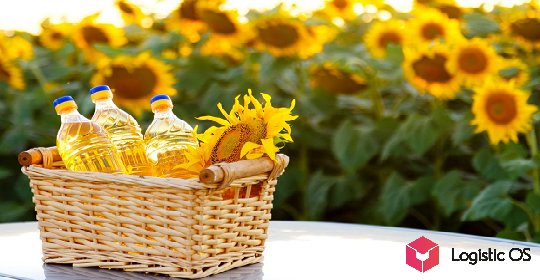The Government is considering possible options for restrictions.
On October 25, this issue was discussed at a meeting with Prime Minister Mikhail Mishustin.
One of the main reasons for the increase in world prices for mineral fertilizers was the sharp rise in demand for natural gas and coal — two main sources of energy used in the production of agrochemical products.
In Europe, the price increase was so high that the largest regional producer of nitrogen fertilizers, the Norwegian company Yara, cut production by 40%.
Further, China introduced a ban on the export of fertilizers.
Thus, Russia has become almost the only major exporter of mineral fertilizers remaining on the market, so the products of Russian companies will be in high demand on the market.
Without making decisions on limiting the export of fertilizers, Russian agrarians may simply not receive them in the required amounts.
So far, there are no clear decisions on the type of restrictions, but, most likely, they will include a plan for deliveries to the domestic market in order for the fertilizer supplier to obtain an export permit.
If the plan is not fulfilled by the company, the quota will be canceled.
We are talking not only about ammonium nitrate, but also about carbide: ammonium nitrate is required for feeding winter grain crops, carbide — for sowing spring crops (cereals, legumes and oilseeds).
If farmers reduce fertilization during spring sowing, a serious decrease in yield may occur, and, as a result, a decrease in wheat supply and an increase in prices.
Meanwhile, for the autumn sowing, fertilizers have already been applied in a reduced amount.
According to the Ministry of Agriculture, purchased:
June: 124.6 thousand tons (in active substance) — 25.9% less than June 2020, and 22.3% less than June 2019.
July: 132.2 thousand tons — 2.6% less than July 2020, and 18.8% less than July 2019.
August: 293.23 thousand tons — 12.4% less than August 2020.
But for all decisions on the constraints that can be made, the issue of price remains essential.
With restrictions on the export of grain and oilseed agricultural products, when profitability decreases, what will be the price of fertilizers? How acceptable will it be for agricultural producers?
Rosstat data August 2021 (average selling prices):
Ammonium nitrate — 14,337 rubles / ton (+ 67.7% versus the same month in 2020, + 29.5% versus January 2021)
Urea — 22,186 rubles / ton (+ 71.9% versus August 2020, + 43.2% versus January 2021)
Ammophos — 40,265 rubles / ton (+ 124.8% versus August 2020, + 73.9% versus January 2021)
A number of foreign analysts do not exclude the introduction of restrictions on the export of fertilizers from Russia, recalling the food crisis of 2007-2008, when restrictions on the export of fertilizers were introduced to curb prices for agricultural products.

